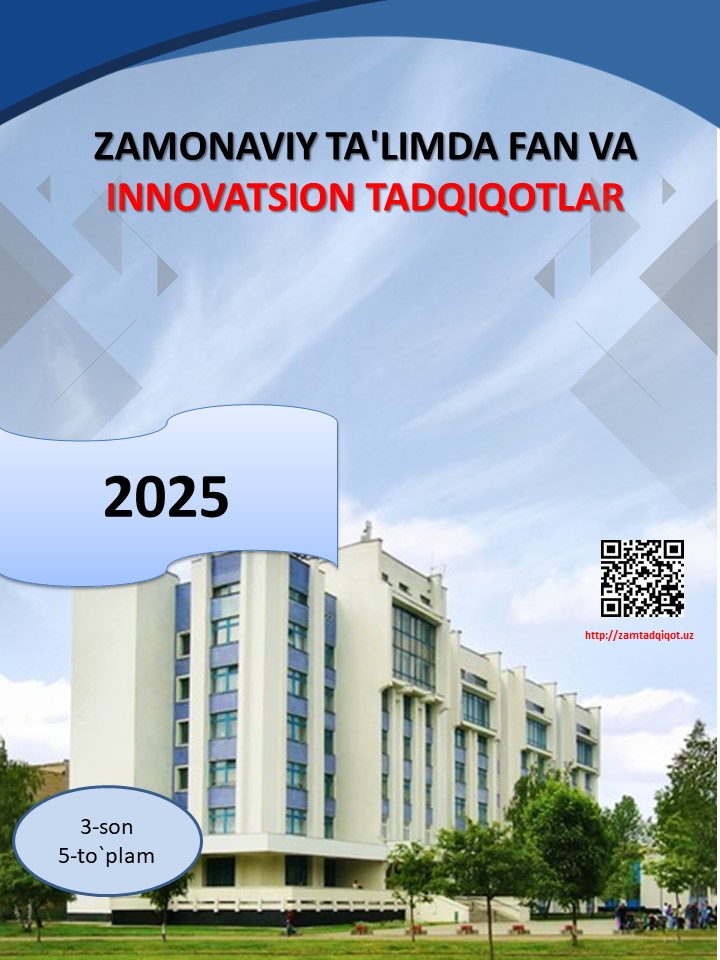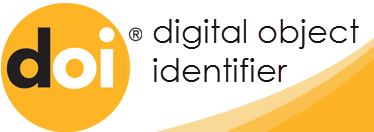THE ROLE OF ERROR CORRECTION IN SECOND LANGUAGE LEARNING: A COMPARATIVE STUDY OF DIRECT AND INDIRECT FEEDBACK
Abstract
Error correction is a crucial element in second language acquisition, especially in the development of accurate grammatical and writing skills. This study explores the impact of two major types of error correction—direct and indirect—on the writing performance of intermediate EFL learners. Thirty students were divided into two groups and exposed to different feedback strategies over six weeks. The first group received direct corrections, while the second group received underlined errors with metalinguistic clues. Pre- and post-tests, along with weekly writing assignments, were used to assess improvements. The results showed that while both methods led to significant learning gains, direct correction had a stronger impact on short-term grammatical accuracy, whereas indirect correction encouraged deeper cognitive engagement and long-term retention. These findings suggest that combining both methods could be an effective strategy for language instructors aiming to improve both accuracy and learner autonomy
References
Bitchener, J., & Knoch, U. (2010). The contribution of written corrective feedback to language development: A ten-month investigation. Applied Linguistics, 31(2), 193–214.
Ellis, R. (2009). A typology of written corrective feedback types. ELT Journal, 63(2), 97–107.
Ferris, D. (2003). Response to student writing: Implications for second language students. Routledge.
Truscott, J. (1996). The case against grammar correction in L2 writing classes. Language Learning, 46(2), 327–369.






